The Lao People’s Democratic Republic, as it’s formally known, is somewhat smaller than the state of Oregon, but it used to be a lot bigger. When the French invaded Southeast Asia (known in the 19th-century West as Indochina), they set the Mekong River as the border between Thailand and Laos, effectively splitting off a significant portion of the country and transforming it into what is now the Isan region of Thailand.
James Syhabout, chef and owner of Hawker Fare (as well as Commis in nearby Oakland), has written one of the few books about the region’s cuisine available in the US, Hawker Fare: Stories & Recipes From a Refugee Chef’s Isan Thai & Lao Roots. While Commis is a New American fine-dining restaurant, at Hawker Fare Syhabout serves both Lao and Isan Thai food, which speaks to the cultural heritage of his family. He says the food of Laos and Isan are in many ways one and the same: “The border’s just a political border,” he explains. “One-third of Thailand is people from Isan, and they’re culturally Lao.”
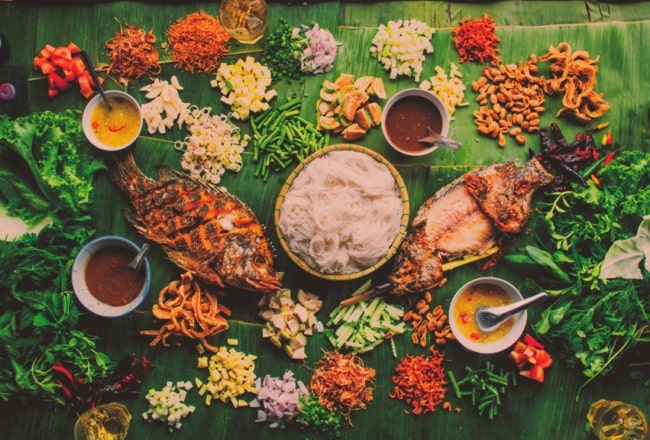


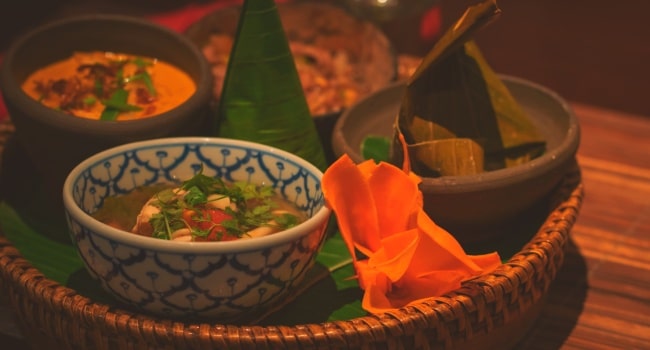

 07/01/2026
07/01/2026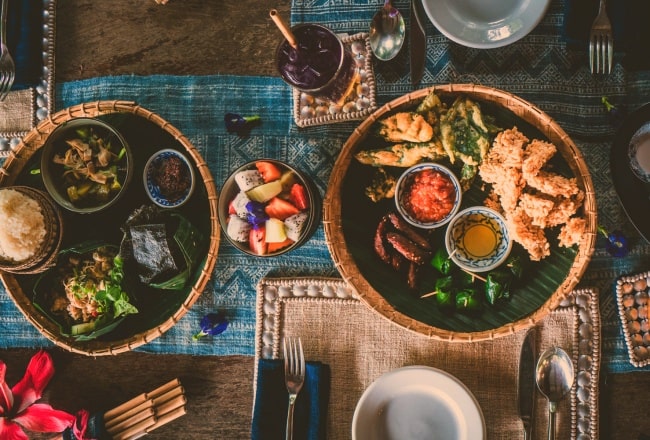
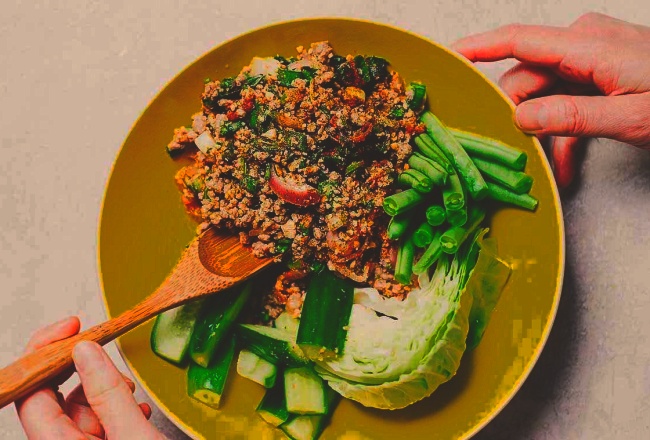
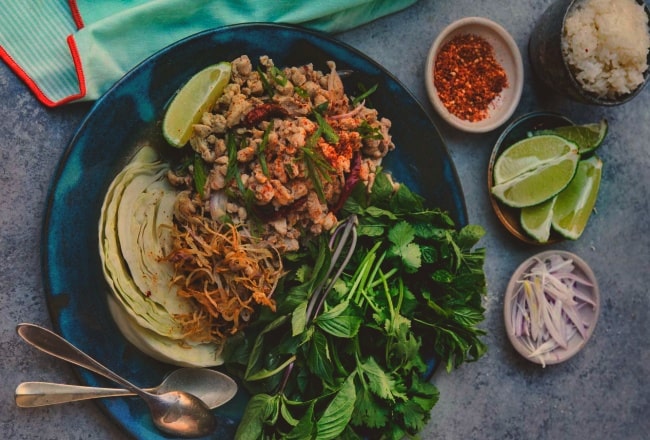
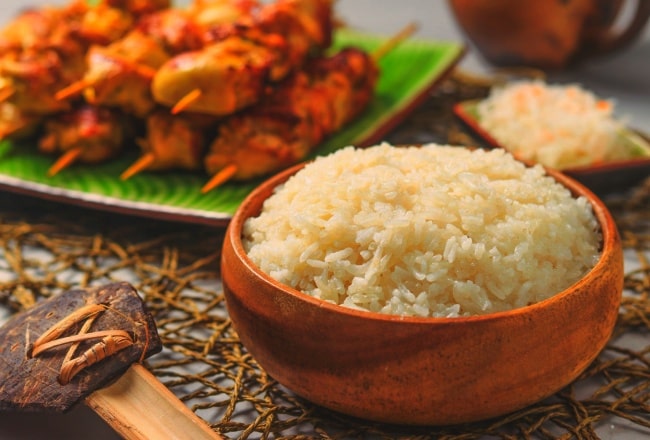
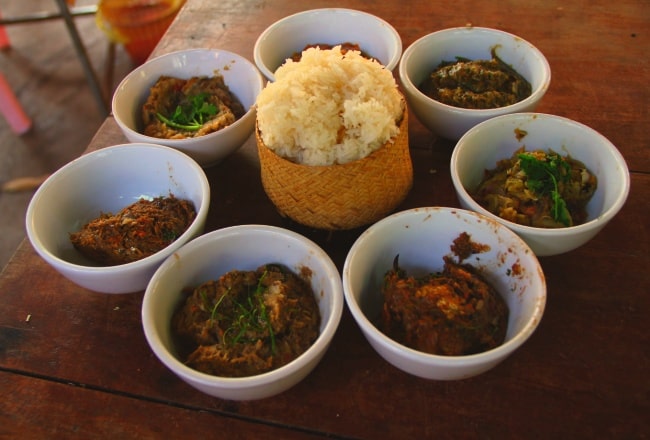
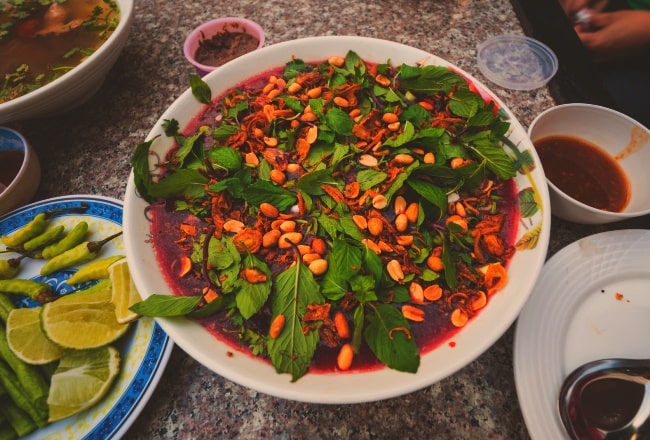
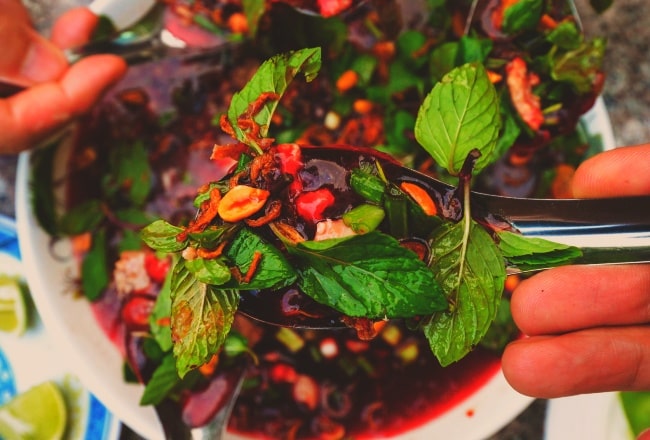
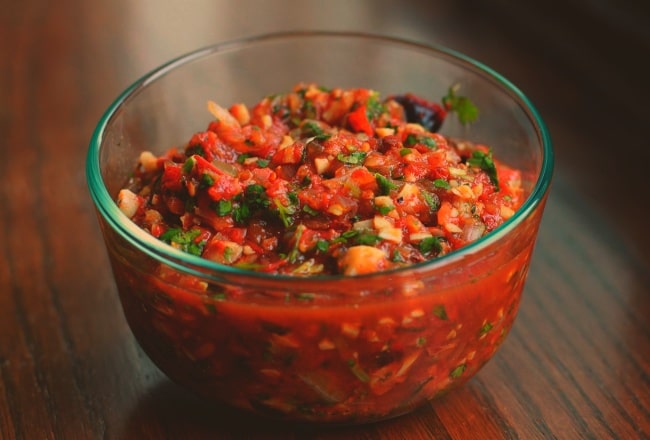
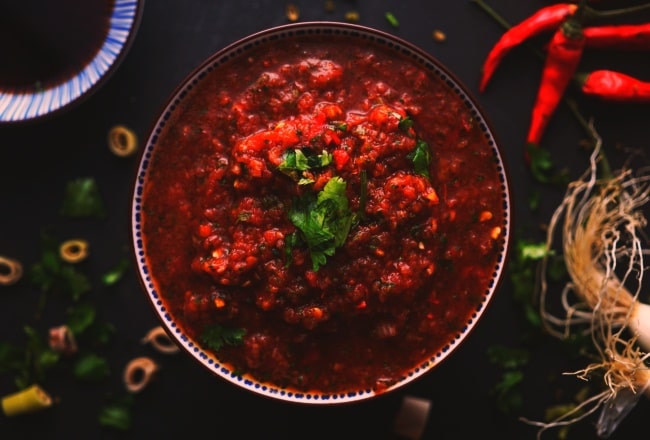
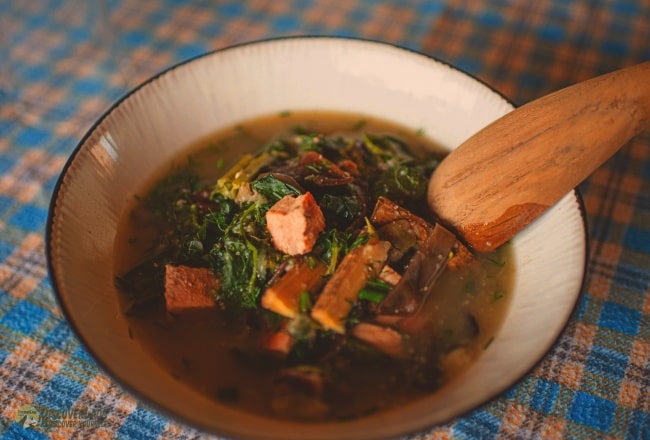
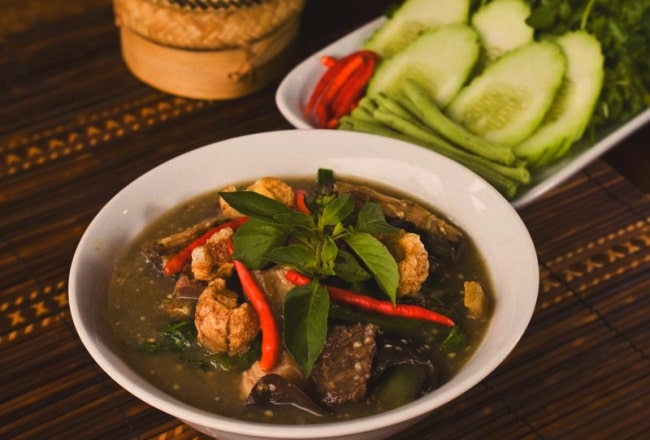
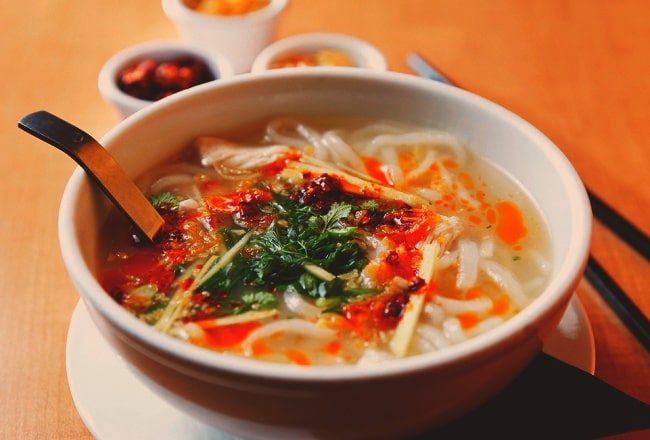
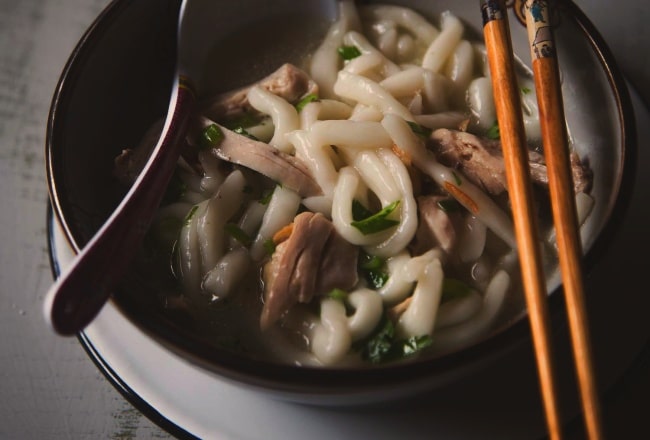
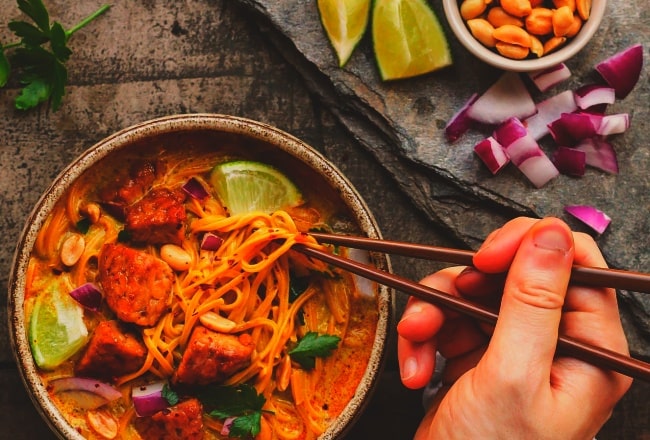
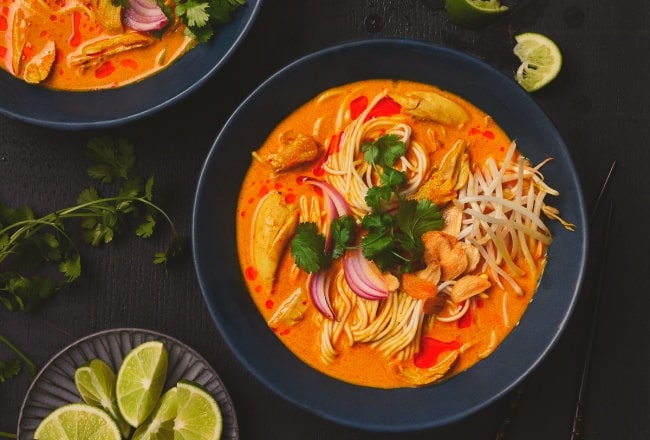
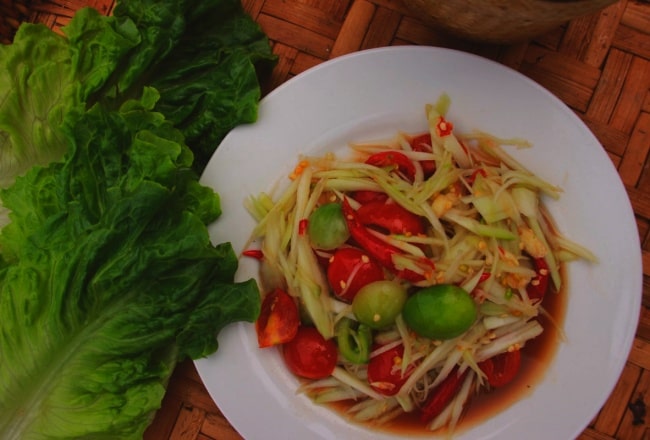
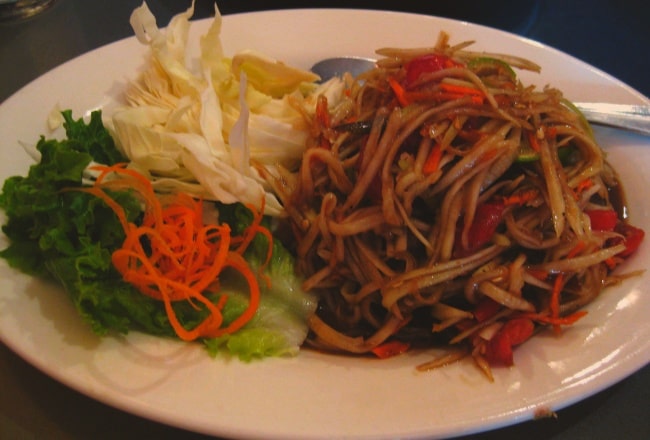
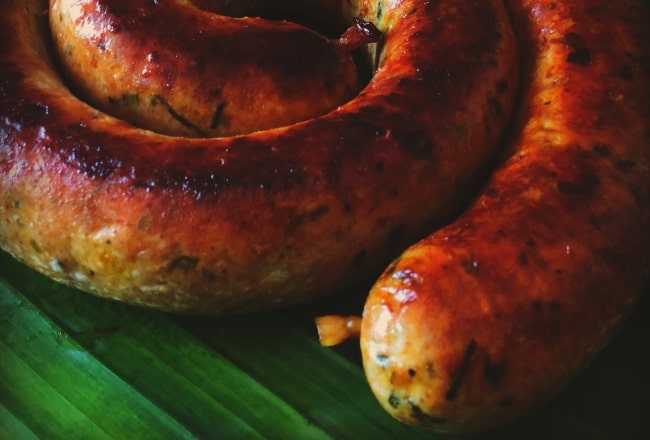
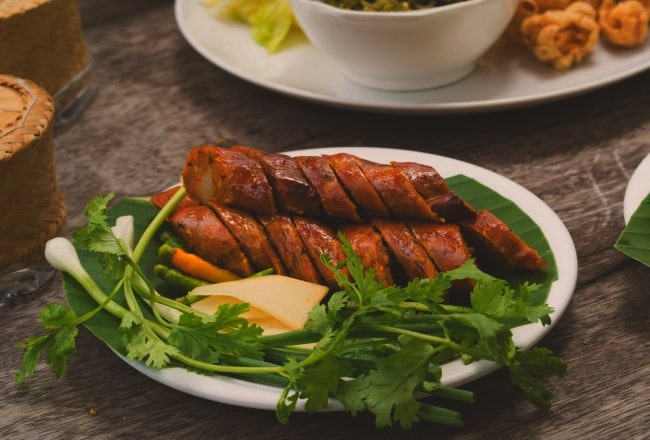
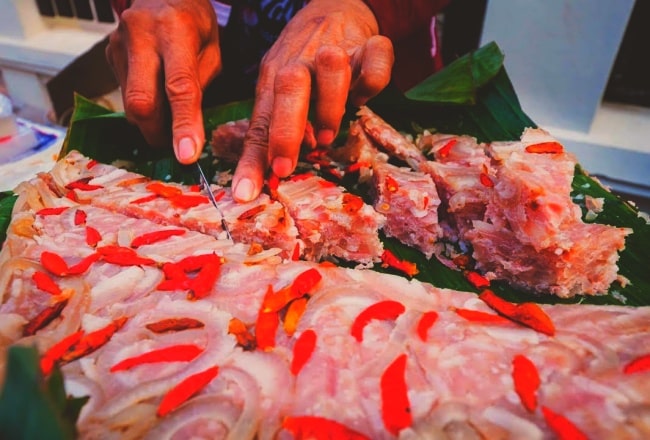
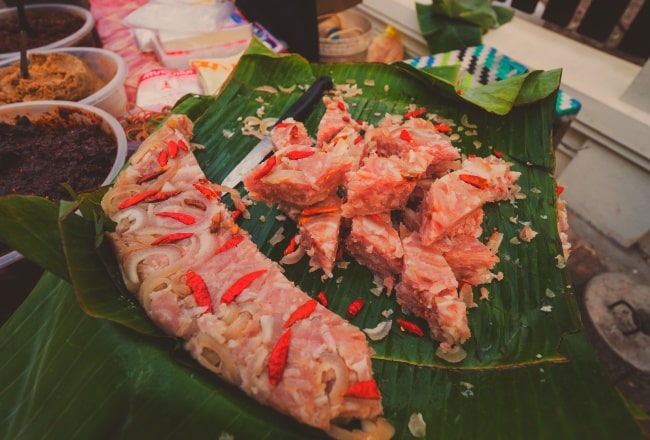
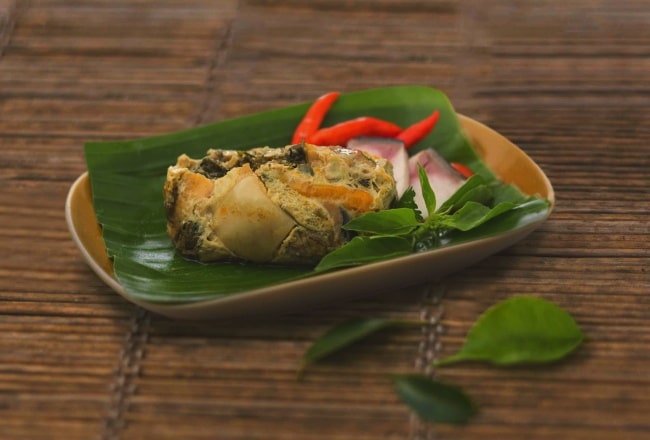
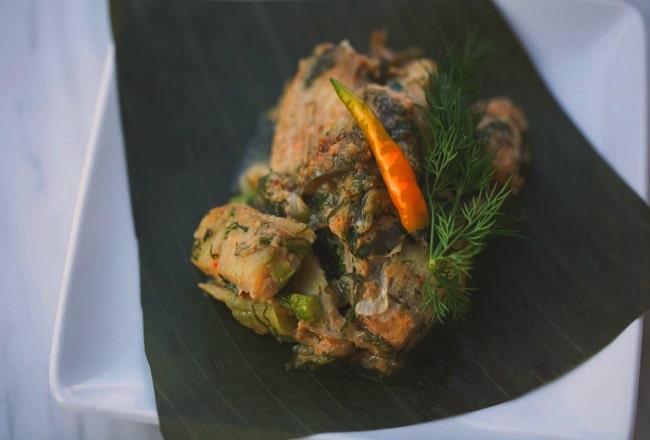
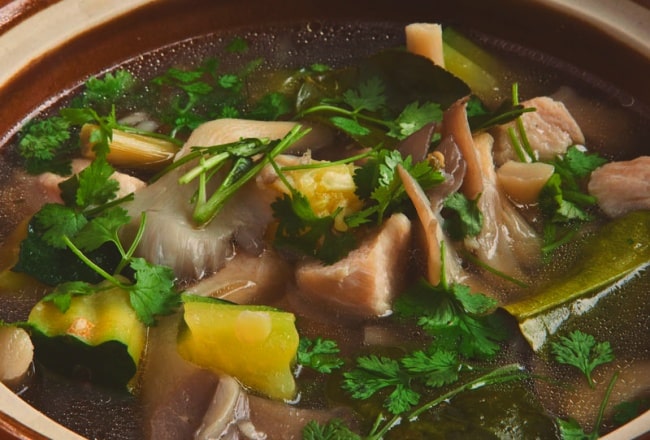
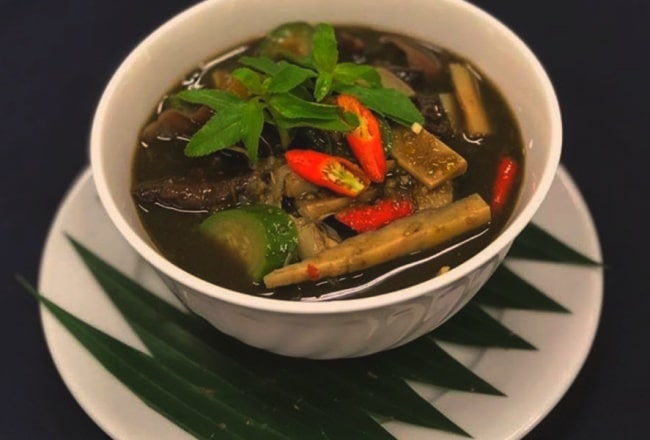
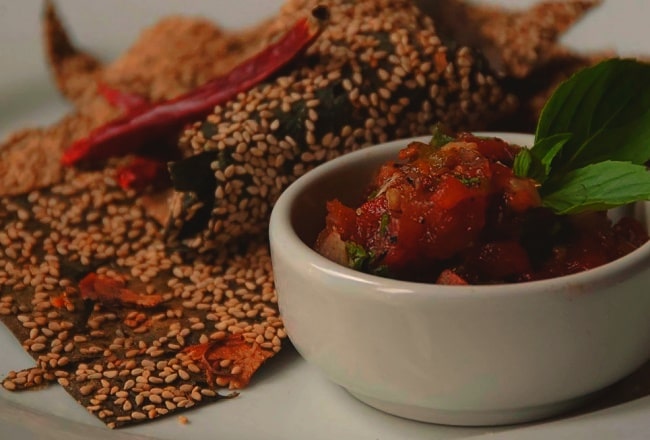
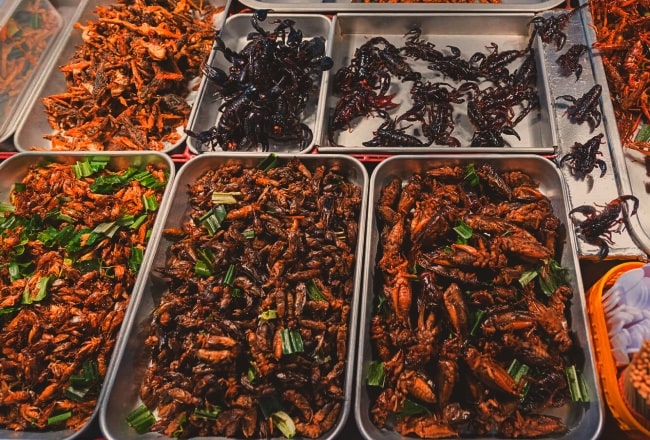
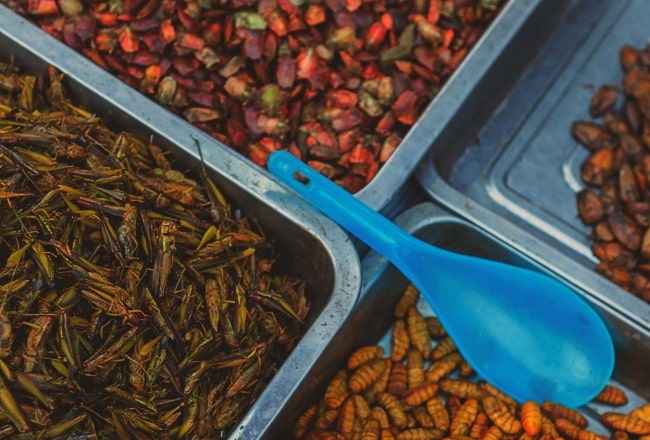
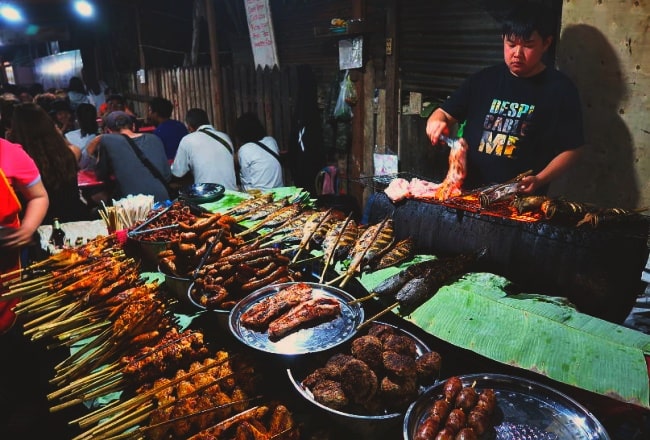



















Jolie LIEMMy name is Jolie, I am a Vietnamese girl growing up in the countryside of Hai Duong, northern Vietnam. Since a little girl, I was always dreaming of exploring the far-away lands, the unseen beauty spots of the world. My dream has been growing bigger and bigger day after day, and I do not miss a chance to make it real. After graduating from the univesity of language in Hanoi, I started the exploration with a travel agency and learning more about travel, especially responsible travel. I love experiencing the different cultures of the different lands and sharing my dream with the whole world. Hope that you love it too!